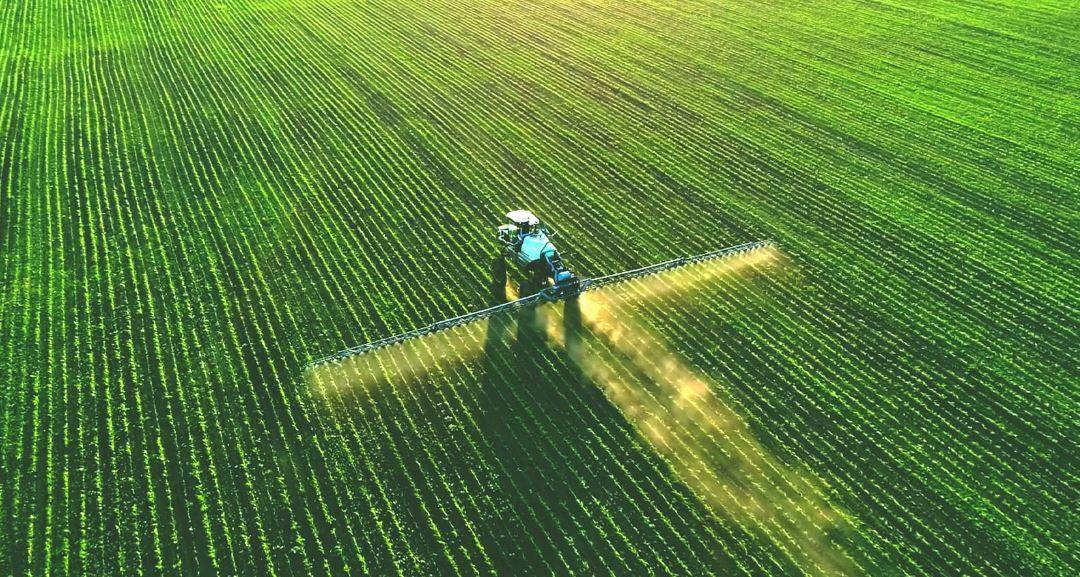
Researchers from Japan's RIKEN Center for Sustainable Resource Science (CSRS) have devised a method for improving crop quality without the use of genetically modified plants. Rather of altering plant genomes, the new method uses a spray to deliver bioactive compounds to plant cells via their leaves.
The new approach might be used to help crops resist pests or become drought-resistant in less time and at a lower cost than developing genetically modified crop lines. The research was published in the ACS Nano journal.
Finding of Research
We can directly alter genomes and generate genetically modified organisms (GMOs), including GM food, thanks to technological advancements. Making transgenic plants, on the other hand, takes time and money, and it has yet to acquire general public acceptance. Researchers at RIKEN CSRS, led by Masaki Odahara, have developed a non-GM food option that addresses these issues.
Rather than altering a plant's genome to prevent it from expressing a certain gene, a specific bioactive molecule can be inserted into the plant to inhibit that gene on the fly. In this case, a carrier that can penetrate plant cell walls transports the bioactive molecule into the plant's cells.
While the concept was easy, putting it into action was difficult. "We had to consider a delivery mechanism that would be practical for farmed crops under real agricultural conditions," adds Odahara, "in addition to inventing a way to introduce bioactive molecules into the plants." The team came to the conclusion that the ideal technique would be to use a spray that could be quickly distributed across broad fields.
Plant cells can be penetrated by a variety of nanoparticles. Cell-penetrating peptides (CPPs) were chosen because they may target specific structures within plant cells, such as chloroplasts. The initial task was to figure out which CPPs to use while spraying. They used a confocal laser-scanning microscope to assess the amount of fluorescence in plant leaves at different time periods after tagging natural and synthetic CPPs with fluorescent yellow and spraying them on plant leaves.
They discovered many natural CPPs that were able to penetrate into the outer layer of the leaves, and in some cases even deeper, after completing this method in normal laboratory Arabidopsis thaliana, as well as several varieties of soybeans and tomatoes.
Further investigations revealed that when plasmid DNA was linked to the CPPs, the approach worked well, and analysis revealed that genes were successfully expressed in the leaves of both A. thaliana and soybeans after being delivered into the cells via an aqueous spray. The researchers also discovered that by incorporating other proteins and nanostructures into the spray solution, they were able to temporarily increase the number of holes in the leaves, allowing the plant to absorb more spray.
Genes can often be inserted or knocked out to boost crop output. The team linked RNA that interferes with fluorescent protein expression to a CPP after generating a transgenic plant that overexpresses yellow fluorescence in the leaves. Spraying the leaves with this compound silenced yellow florescence expression worked as expected. "This conclusion was significant," Odahara says, "since any alternative to genetic alteration must be capable of achieving the same functional effect." Finally, when a chloroplast-targeting peptide was added to a specific CPP-RNA complex, the researchers were able to silence genes unique to chloroplasts in a similar way.
Odahara explains, "Mitochondria and chloroplasts manage much of a plant's metabolic activities." "Using bioactive chemicals given by spray to target these structures could help crops achieve commercially desired quality attributes. The next phase is to improve the delivery system's efficiency. Finally, we expect that this technology can be utilized to protect crops against parasites and other damaging elements in a safe manner."
(Source: RIKEN)
















